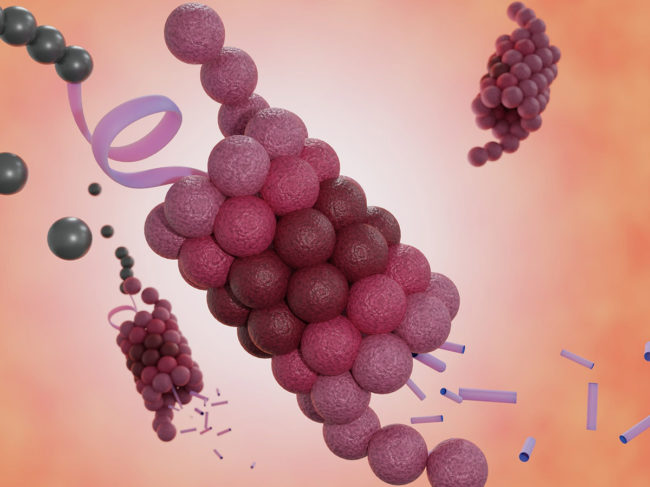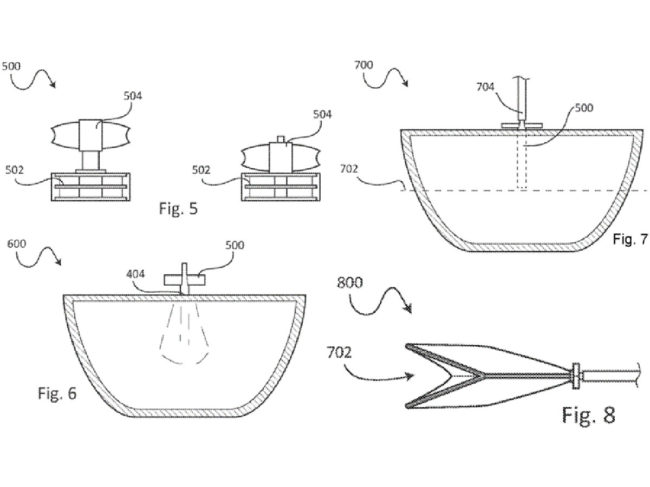
Drug design, drug delivery and technologies
Drug design, drug delivery & technologies
Totus Medicines to discover small-molecule drug candidates against Lilly targets
Read MoreDrug design, drug delivery & technologies
Neosphere Biotechnologies and Kymera Therapeutics partner to advance molecular glue target discovery
Read MoreDrug design, drug delivery & technologies









